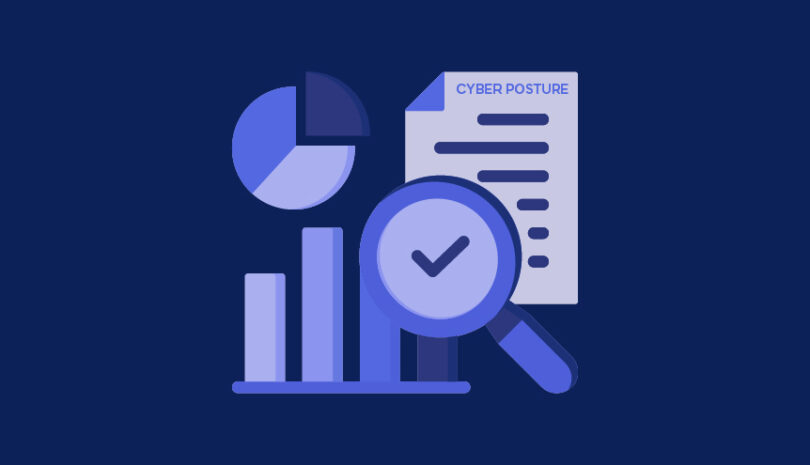When you work with third parties, you often allow them access to your systems, including what could be your customers’ private information such as PHI (protected health information) or PII (personally identifiable information). Your customer’s social security number, financial account number and credit card number are just a few examples of PII. That information might be secure in your own organization; however, you also must be sure that your third parties provide the same level of protection. Because of data privacy regulations such as GDPR and CCPA, you are responsible for protecting your customers’ sensitive information, even if it is your third party who ultimately handles that data.
Why You Should Be Careful When Sharing Sensitive Information With Third Parties
Sharing sensitive information with third parties can have severe consequences, including reputational, financial or regulatory damage. Ensure your partners have security measures in place to prevent misuse of data, whether customer or proprietary.
5 Ways to Protect Sensitive Information Shared with Third Parties
What processes and procedures should you make sure that your third parties implement to protect against unauthorized access to sensitive information? Here are five best practices to consider:
1. Encryption
Because vast amounts of private information is managed online and stored in the cloud, any sensitive data should be encrypted so that it cannot be read by anyone without authorization. For this reason, it’s no wonder that many data privacy regulations strongly recommend or require that companies encrypt sensitive customer data. Third parties that handle sensitive data should be expected to encrypt sensitive data at rest, as well as in transit.
2. Multi-Factor Authentication
To ensure that only authorized personnel are handling your customers’ sensitive information, it’s a best practice to enable multi-factor authentication. MFA has been proven to be extremely effective at verifying a person’s identity, which is why certain regulations specify that it must be present. MFA is used to validate that the users who authenticate with credentials are indeed the person they claim to be. Users can be verified by utilizing three main types of authentication factors: something you know (password or pin), something you have (smartphone or cryptographic token) or something you are (fingerprint, voice, face ID or other biometric data).
3. Security Training
To ensure the highest level of cybersecurity, your third parties should make sure that their employees are trained to be aware of potential risks and how to guard against them. For example, they should be informed about using strong passwords, not responding to phishing emails—which hit an all-time high in December 2021, avoiding suspicious links and never leaving laptops unattended. Security training that focuses on how to minimize security risks could very well help protect the sensitive information of customers and should be a key part of any comprehensive security program.
4. Continuous Monitoring
An essential part of any third-party security risk management program is making sure that you are alerted to any potential or new risks that require your attention. This means that there must be a way for you to continuously monitor for third-party security breaches that could expose your customers’ sensitive information. Performing a risk assessment of one of your vendors is essentially a snapshot of your vendor’s cybersecurity posture at a moment in time—even though organizations and technology are constantly changing. Continuous monitoring, on the other hand, raises the awareness of vendors’ changing vulnerabilities, processes, and security posture. Having this visibility allows you to respond quickly in case of security incidents and limit how much data might be exposed.
5. Limited Data Retention
As a best practice, your third parties should be regularly reviewing and deleting electronic files that are no longer necessary for business operations and are not required by law. By cutting down on the amount of data that is connected to your organization, your attack surface can be reduced, thus limiting the amount of sensitive information as well as reducing your risk of a cyberattack.
How Panorays Helps with Third-Party Risk Assessments
To assess and monitor the security of your third parties, Panorays offers an automated, comprehensive and easy-to-use platform that manages the whole process from inherent to residual risk, remediation and ongoing monitoring. Unlike other solution providers, Panorays combines automated, dynamic security questionnaires with external attack surface assessments and business context to provide organizations with a rapid, accurate view of supplier cyber risk. It is the only such platform that automates, accelerates and scales customers’ third-party security evaluation and management process, enabling easy collaboration and communication between companies and suppliers, resulting in efficient and effective risk remediation in alignment with a company’s cybersecurity policies and risk appetite.
Want to learn what to ask your vendors before conducting business with them? Download our guide to vendor security questionnaires.



